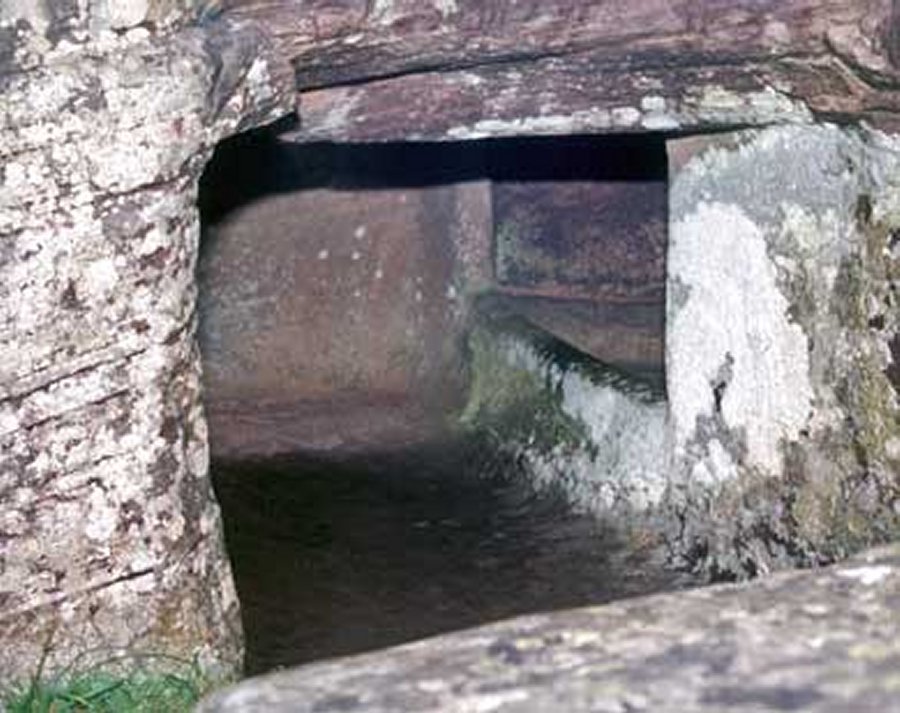Mysterious 5,000-Year-Old Rock-Cut Tomb On Dark Enchanted Island Of Hoy, Scotland
An ancient and huge piece of red sandstone which called “Dwarfie Stane”. This 5,000-year-old block is surrounded by mystery, which has not been solved until today. There is no record who, in what manner and for what purpose or purposes, made this great job.
The curious stone lies in a steep-sided and remote valley between Quoys and Rackwick on the island of Hoy, in Orkney, Scotland and is believed to be Britain’s only example of a rock-cut tomb.
Between the Neolithic and the Early Bronze Age, probably estimated 3,000 BC, it was thought to have been built. Similar tombs found in the Mediterranean region are the basis for this assessment.
What is so special with this gigantic slab? The “Dwarfie Stane” was once hollowed out by someone who had at his disposal rather simple tools, patience and enormous muscle power of his body.
The stone slab is about 8.5 meters (28 ft) long, by 4 meters (13 ft) wide and up to 2.5 meters (8.2 ft) high. An opening, a 1 meter (3.3 ft) square was cut out into the middle of the stone’s west face and leads into the inner chamber.
Inside the tomb is a passage 2.2 meters (7.2 ft) long and two rock-cut cells similar to bed-places and measuring 1.7 meters (5.6 ft) by 1 meter (3.3 ft). Both the passage and the side cells are 1 meter (3.3 ft) high.
Interestingly, both “bed-places”, which seem to be too short for anyone of normal stature, are responsible for diverse folk tales and legends about dwarfs and these old stories surround the site.

There was a time when visitors to the “Dwarfie Stane” used to leave offerings at the site. Why? Was the chamber built for a hermit, a monk perhaps, who lived there alone?
It is said that a large sandstone block lying outside the opening was initially used to seal the opening; the mysterious tomb was still sealed in the 16th century.
There is no record of any archaeological excavation being carried out on the mysterious stone slab, nor do we know what, if anything, was found inside.
However, there is a trace after a hole (later filled with concrete), probably an attempt to break into the stone ‘s interior via the roof.
According to an ancient Orcadian legend, the Dwarfie Stane was said to be the work of a giant and his wife. A third giant, who wanted to make himself the master of the island of Hoy, imprisoned the gargantuan couple inside the stone. But his evil plans failed because the imprisoned giant managed to find his way out through the roof of the chamber.





